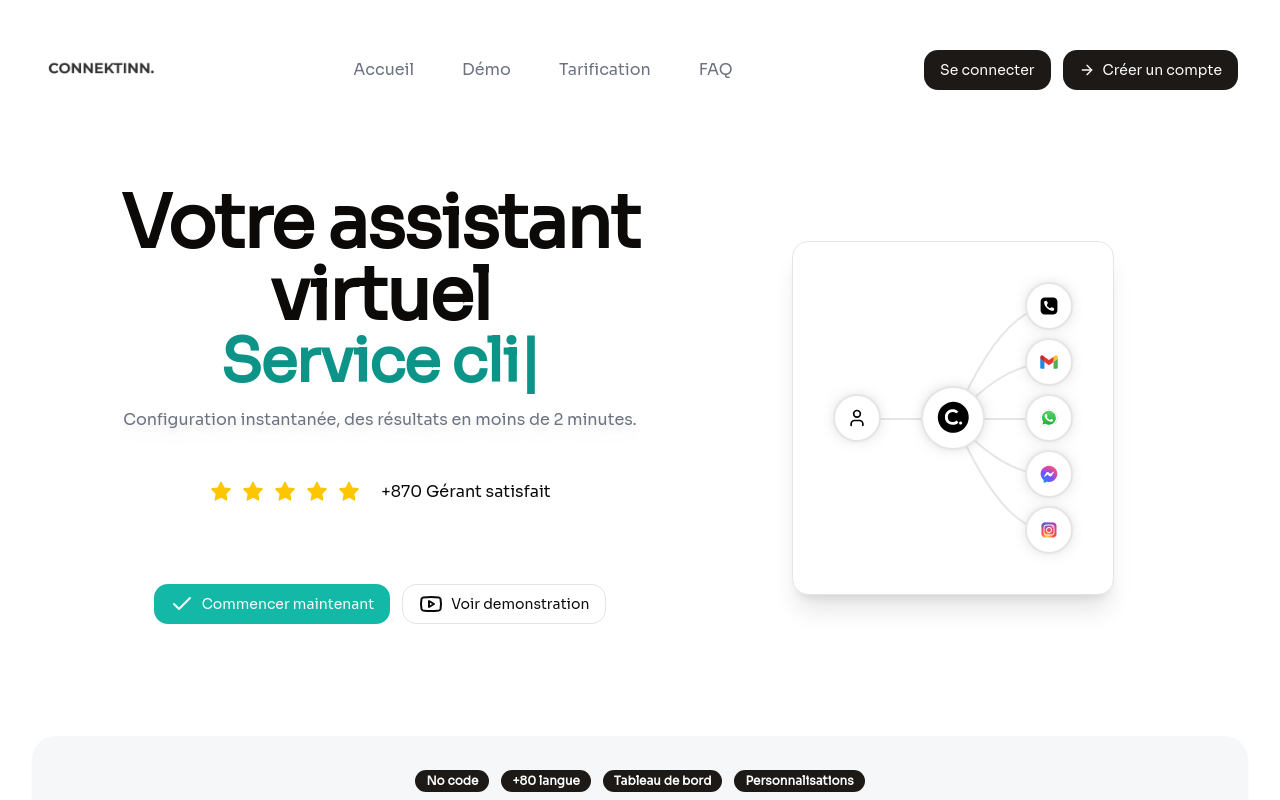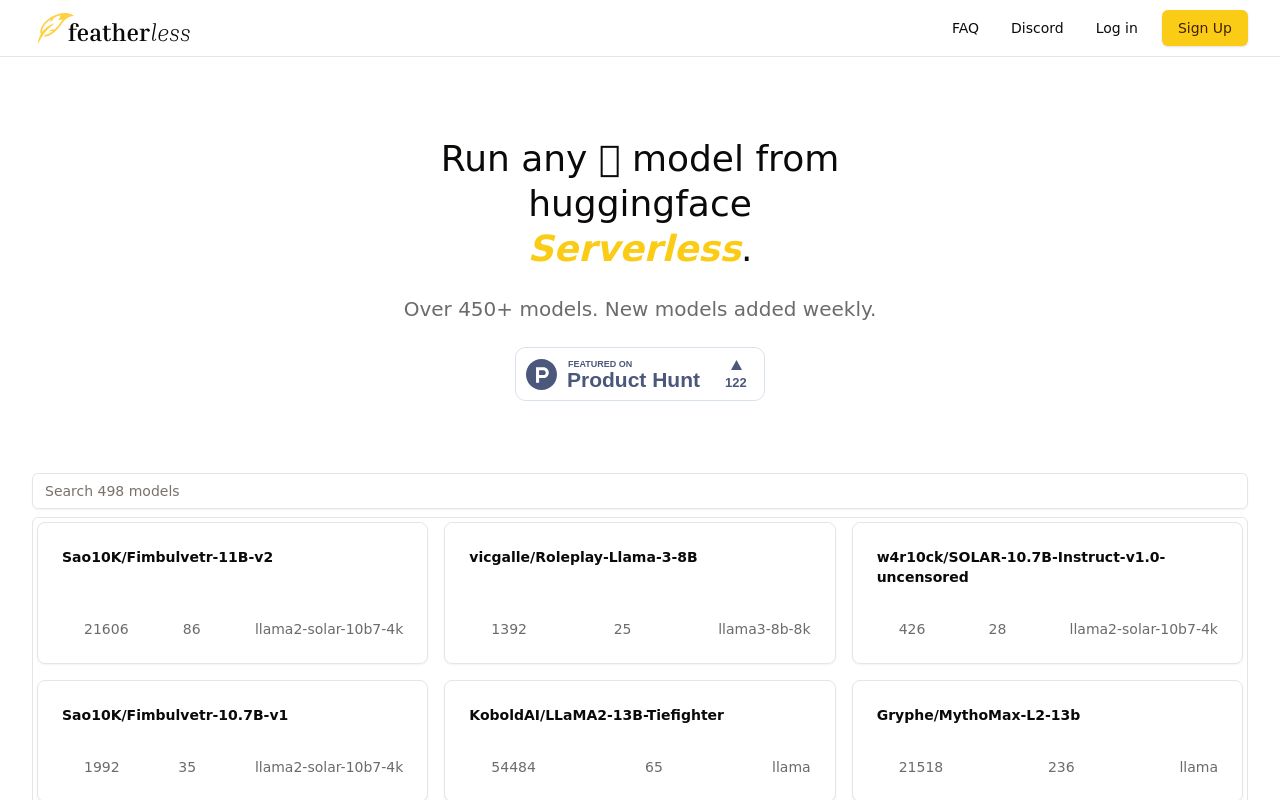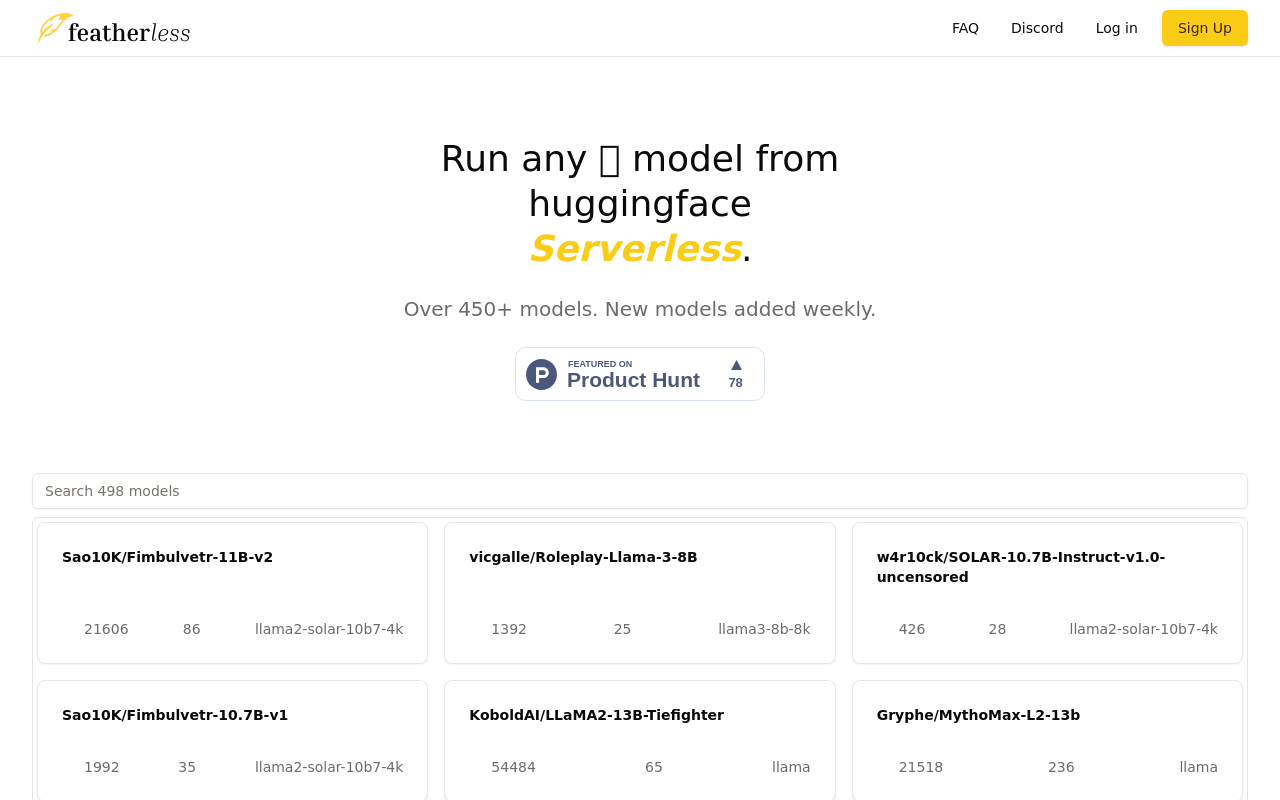Creating Assessment Tasks Based on Learning Objectives Workflow
A workflow tool for crafting assessments aligned with learning objectives.
Best for:
- Educators
- Instructional Designers
- Academic Professionals
Use cases:
- Creating Objective-Driven Assessments
- Improving Teaching Effectiveness
- Augmenting Student Learning Outcomes
Users like:
- Education
- Curriculum Development
- Teacher Training
What is Creating Assessment Tasks Based on Learning Objectives Workflow?
###Quick Introduction.
The "Creating Assessment Tasks Based on Learning Objectives" workflow is an innovative tool designed to streamline the process of assessment creation in educational settings. It is especially beneficial for educators, instructional designers, and academic professionals who aim to align their assessments with specific learning objectives. Utilizing Bloom’s Taxonomy, the tool ensures that learning objectives are clear, measurable, and aligned with the cognitive skills intended for evaluation. With this workflow, you can create fair, valid, and reliable assessments, thereby improving student outcomes and enhancing overall teaching effectiveness.
I started using this workflow because I frequently encountered challenges in crafting assessments that truly measured the intended skills and knowledge. Often, my tasks would miss the mark, leading to student confusion and unreliable assessment data. This workflow provided a structured approach that not only simplified the creation process but also ensured that my assessments were closely aligned with my educational goals.
###Pros and Cons
Pros:
- Alignment with Learning Objectives: Ensures that assessments are closely aligned with predefined learning goals using Bloom’s Taxonomy.
- Ease of Use: Simplifies a complex process, making it accessible and straightforward even for those with minimal experience in assessment creation.
- Improves Student Outcomes: By targeting the right skills and knowledge, it enhances the reliability of assessments, improving student learning results.
Cons:
- Learning Curve: There is a slight learning curve for those unfamiliar with Bloom’s Taxonomy.
- Customization Limits: While powerful, some users might find the level of customization limited compared to creating assessments manually.
- Dependence on Internet: Requires a stable internet connection as it’s an online tool.
###TL:DR.
- Aligns assessments with learning objectives.
- Simplifies the assessment creation process.
- Improves student learning outcomes.
###Features and Functionality:
- Objective Generation: Uses Bloom’s Taxonomy to generate clear, measurable learning objectives, ensuring that your assessments target the appropriate cognitive skills.
- Task Generation: Creates assessment tasks based on defined objectives, offering a structured and reliable method for evaluating student performance.
- Data-Driven Insights: Provides insights into student performance and learning gaps, fostering improvements in teaching practices.
- Streamlined Workflow: The two-step process simplifies and speeds up the creation of fair and valid assessments.
- Customizable Templates: Offers templates that can be tailored to fit specific educational contexts, enhancing flexibility and efficiency.
###Integration and Compatibility:
The "Creating Assessment Tasks Based on Learning Objectives" workflow is primarily a web-based tool and doesn’t require any software installations. It integrates seamlessly into various Learning Management Systems (LMS) like Moodle, Blackboard, and Canvas. This allows you to export and import assessments, making it a versatile addition to any educational infrastructure. Though the tool is standalone, its integration capabilities enhance its usability within existing educational technology ecosystems.
###Benefits and Advantages:
- Improved Alignment: Ensures assessments accurately reflect learning objectives, reducing discrepancies and improving result accuracy.
- Time Efficiency: Saves considerable time in assessment creation, freeing educators to focus on teaching.
- Enhanced Teaching Effectiveness: Provides data-driven insights that inform teaching strategies, improving overall instructional quality.
- Reliability and Validity: Creates assessments that are fair and balanced, enhancing the reliability of evaluation processes.
###Pricing and Licensing:
The workflow operates on a freemium model.
Do you use Creating Assessment Tasks Based on Learning Objectives Workflow?
A basic version is available for free, offering essential features to get started. For advanced features like detailed data analytics and additional customization options, a subscription model is available, which is affordably priced to ensure accessibility for educational institutions and individual educators alike.
###Support and Resources:
MindPal provides robust support options for users of the workflow. These include a comprehensive help documentation library, customer service reachable via email and chat, and an active community forum where users can share best practices, troubleshoot issues, and collaborate on use cases. Additionally, tutorial videos and webinars are available to guide new users through the setup and utilization of the tool.
###Creating Assessment Tasks Workflow as an Alternative to:
Compared to traditional assessment creation methods like manual task crafting or using generic templates available in LMS, this workflow shines in its targeted approach. While traditional methods often lack precision and alignment with specific learning objectives, this workflow ensures that every task is aligned with cognitive skills and educational goals, thereby enhancing the overall effectiveness of assessments.
###Alternatives to Creating Assessment Tasks Workflow:
- Quizlet: A tool best-used when focusing on memorization and recall-based assessments. It offers features for creating flashcards and quizzes but lacks the deep alignment with cognitive objectives provided by the workflow.
- Google Forms: Ideal for quick, straightforward assessments but doesn’t offer the structured alignment with learning objectives or provide data-driven insights.
- Kahoot!: Great for interactive, gamified quizzes but more suited to engagement rather than carefully measured learning assessments based on cognitive skills.
###Conclusion:
The "Creating Assessment Tasks Based on Learning Objectives" workflow by MindPal is a game-changer for educational assessment creation. It ensures alignment with learning objectives, simplifies the process, and improves student outcomes with reliable data. This tool is particularly beneficial for educators and academic professionals seeking to enhance the accuracy and effectiveness of their assessments, thereby enriching the overall educational experience.



